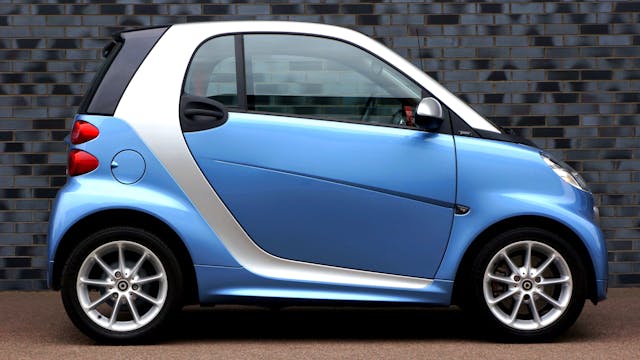Aircraft rivets play an essential role in aircraft maintenance and repair. The strength-to-weight ratio, design, and layout of rivets and the underlying sheet metal determine how strong a repair can be. Rivets can be made from ferrous or nonferrous materials. Generally, aluminum alloys are used because they resist corrosion.
Contents
Strength
Aircraft rivets are permanent mechanical fasteners that are used to join a variety of materials together. They are a common alternative to bolts and welding because they are more durable and can be used in complicated situations. A rivet consists of a smooth cylindrical shaft with a head on one end. The other end, the tail, is deformed on installation to hold the rivet securely. The tail is upset or bucked to expand to about 1.5 times the original shaft diameter. This sore or buckling creates a new “head” on the tail end by smashing it flatter, forming a rivet roughly a dumbbell shape. Self-pierce rivets fully pierce the top layer of material and leave the bottom half pierced, providing a water or gas-tight joint. With the influence of an upsetting die, the tail flares and interlocks into the bottom sheet forming a low-profile button.
Weight
A significant amount of weight will be added during aircraft maintenance and repair. This can occur due to installing new equipment, such as a radio or a GPS. For the aircraft mechanic or repairman to accurately document this weight change, placing the airplane on the scale and creating a weight and balance report is necessary. This information is then recorded in the aircraft’s maintenance records and POH/AFM. The rivet stock used on most aircraft is subject to corrosion, either because of the climatic conditions in the area where the plane is operated or due to the fabrication process used.
Consequently, it is essential that any metals being used on the aircraft be resistant to corrosion and has the correct strength-to-weight ratio. A general rule of thumb is multiplying the skin thickness by three and using the next larger rivet corresponding to this figure. Then, when laying out the repair, the edge distance of the first rows of rivets should not be less than two and not more than four-rivet shank diameters away from the edge; and the diagonal rivet pitch should not be less than 75 percent of the pitch of the rivet rows.
Corrosion
Corrosion is a natural but often unavoidable process that causes damage and disintegration of metal parts and structures. This corrosion can be either harmless or harmful, depending on the specific type and location of the corroded metal. Visual inspection can detect corrosion, especially in areas more likely to happen, such as under fuel tanks, control hinges, battery boxes, and any metal that lacks paint. It is also detectable by Non-Destructive Testing (NDT). Several types of corrosion can be found on aircraft, including stress, pitting, crevice, and galvanic. The combination of these forms can cause a variety of failures in aircraft. The climate of an area is also a significant factor in corrosion, as well as the amount of water vapor present and industrial contaminants in the environment. Specific operational environments, such as near sea coasts and high-humidity areas, are prone to corrosion.
Design
Regarding aircraft maintenance and repair, design is more than just a skill. It’s about creating solutions for a specific problem based on research and data. Rivets are one of the most popular ways to permanently join two parts without allowing any movement between them. They are usually made from aluminum or steel, although some rivets are also available in other materials. They come in different shapes and are used for various applications, including metal construction and repair. These fasteners are also helpful in securing connections on materials that can’t be welded or soldered together, such as plastic or other soft materials. They are usually cold-forged into a semi-tubular shape and contain a partial hole at the end of the head. This reduces the force required for application and assembly, requiring less than 1/4 of the amount needed for solid rivets.



